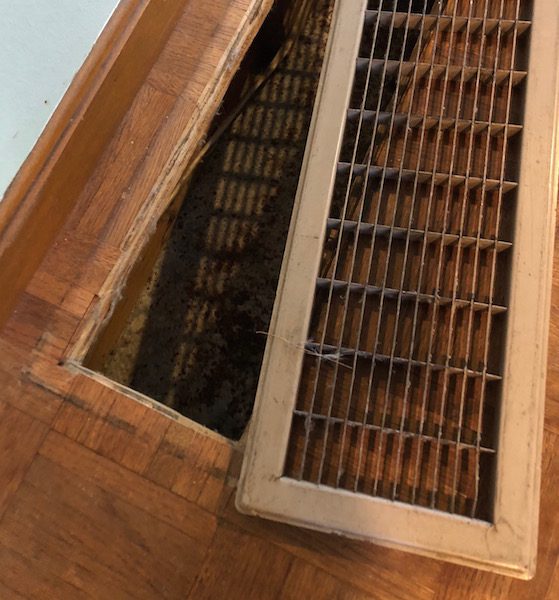Here’s How You Can Repair Leaky Ducts in Your Home

The ductwork in your home plays an important role in the operation of the forced-air heating and cooling system that serves your home. That shouldn’t be surprising considering how extensive duct systems are built into the walls and ceilings of most homes today. However, ducts that circulate conditioned air in your home are vulnerable to deterioration and damage – or just poor design – that can result in air leakages that compromise comfort and energy efficiency in your home.
If you suspect issues with your home’s ductwork, it’s best to call in a trained professional to identify and hopefully solve the problem. However, a handy homeowner can seal some duct leaks themselves if the ducts are accessible and if they have the proper tools and materials.
The Importance of Sealing HVAC Ducts
It comes down to this: If your ducts are leaking air through holes and gaps, that air isn’t reaching the places where it’s intended to go. This applies to both supply ducts, which distribute heated or cooled air to specific rooms, and return ducts, which bring the spent air back to the furnace, heat pump or AC to be conditioned again. The worst situation is when conditioned air leaks into unconditioned spaces, such as crawl spaces, the attic or wall voids. However, if the air is leaking into conditioned spaces before arriving at its intended destination, that’s also less than ideal. Unbalanced heating or cooling may result if the air isn’t arriving at the designated registers and rooms.
When a significant amount of air doesn’t get where intended, your HVAC equipment still has to satisfy the thermostat setting. It can only do this by working longer and harder to compensate for the air that’s leaking out. This stresses equipment, costs more in electric and/or gas costs, and may provide unbalanced heating and cooling.
In addition, when ducts are leaking air, dirty air from outside the ductwork – such as in a crawlspace or other unconditioned area – may seep into the ducts and end up circulating in the household.
How Do You Know Ducts Are Leaking?
• You may be able to detect leaking ducts visually. If duct sections don’t appear to be fitted together firmly, this might be a tip-off. The same goes if you can actually see holes or gaps in the ducts. Place your hand near a suspected leak while your HVAC system is running; if you can feel air movement, that’s a duct leak.
• If your energy bills seem higher than you’re accustomed to, leaky ducts could be the culprit, though higher bills could be a result of many other factors, both internal and external.
• If the air coming out of registers in certain rooms doesn’t have the velocity it has in other rooms, this could be a sign of leaky ducts.
• A professional duct technician inspects your system and confirms the existence of leaky ducts. During a seasonal maintenance visit, ask the technician to look at the ducts, too.
How to Seal Ductwork in Your Home
First thing, you’ll need to find where the air is leaking from ducts. You can only have a chance of spotting leaks if they’re occurring in a place that you can see. In most homes, however, the majority of ductwork isn’t visible from below. This is why if you do suspect your ductwork is leaking, a professional duct technician can run diagnostic tests on your duct system to confirm the existence and location of air leaks.
If you’d like to repair accessible duct leaks on your own, find joints between duct sections, as well as the spot where the duct and the air handler or furnace connect. Light a stick of incense and brush it across possible leaks in the ducts while the equipment is operating; if the smoke wavers, that’s probably where air is leaking. You may actually see some leaks if they’re obvious enough.
To seal the leaks, use good metal-backed tape (rather than standard duct tape – it doesn’t hold its seal for very long) and mastic sealant. Take a damp, clean cloth to wipe down the area that you’ll be sealing. Spread the mastic sealant evenly over each joint or connection. Put down more than enough for the job you’re doing. If you like, you can use a throw-away paint brush, a putty knife or your fingers (in gloves, preferably) to spread the sealant. Then apply foil or fiberglass tape to the sealant. If you’re sealing a larger leak, you can reverse the process.
This is the basic process, though for a comprehensive and durable duct-sealing job, contact your preferred HVAC contractor in Cincinnati.
